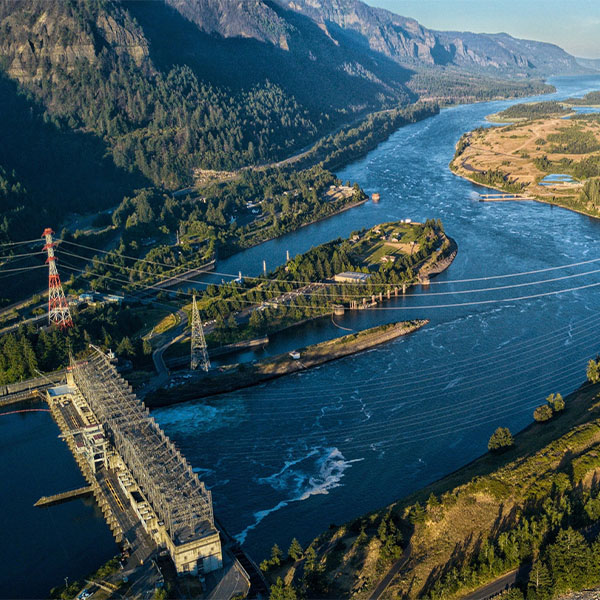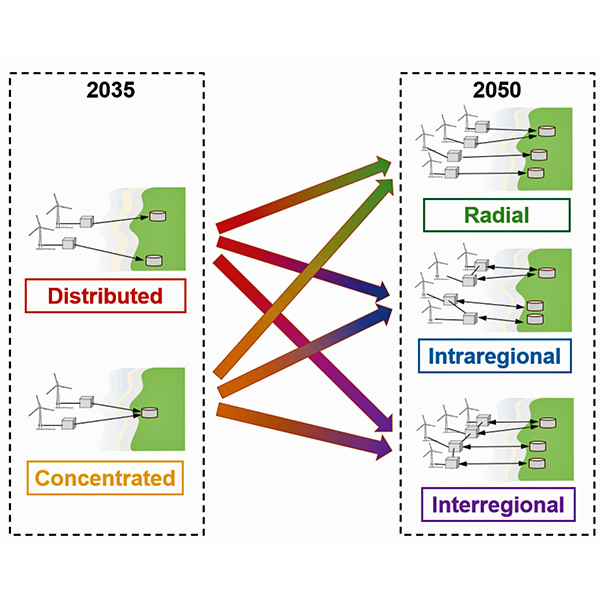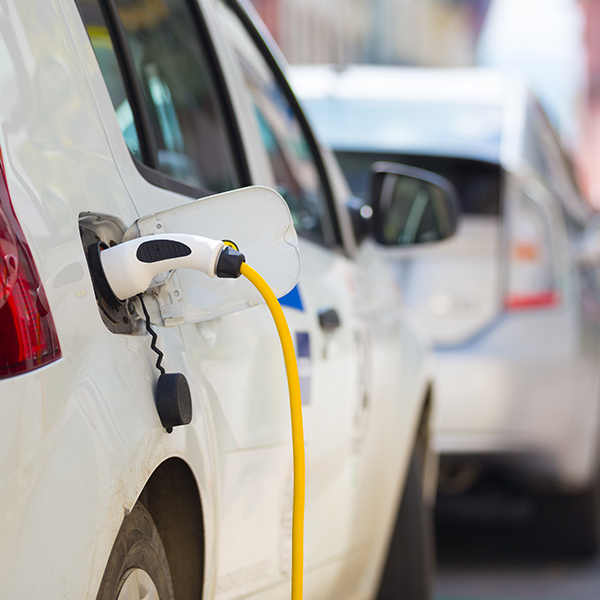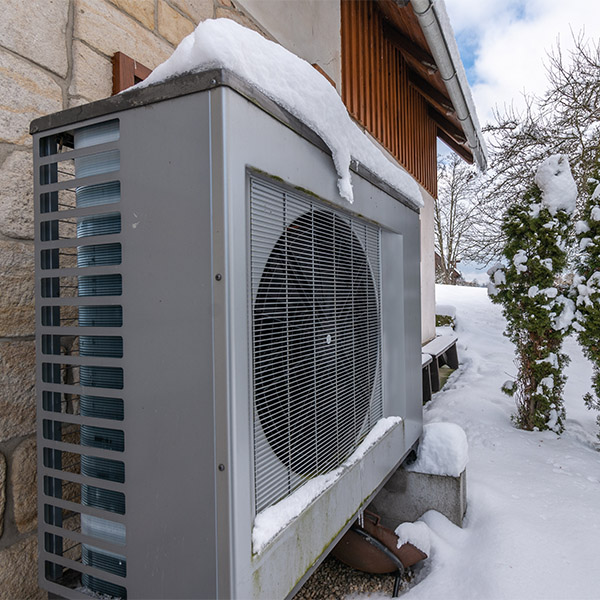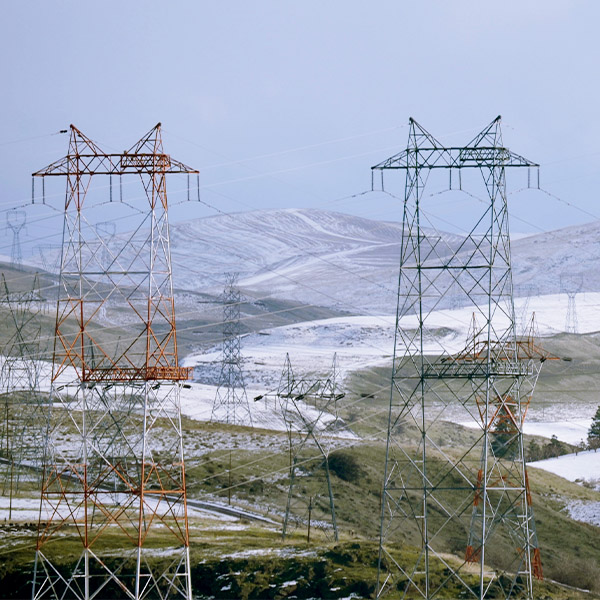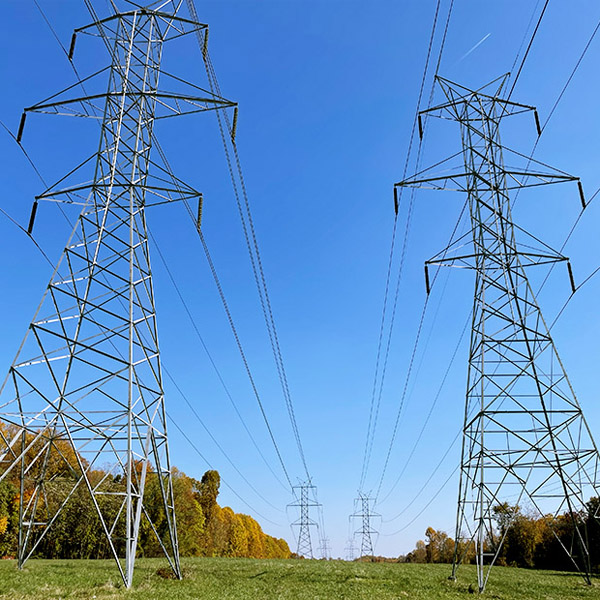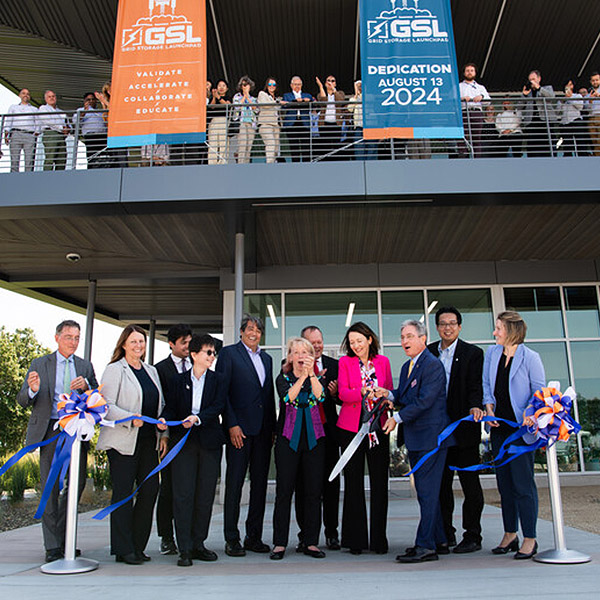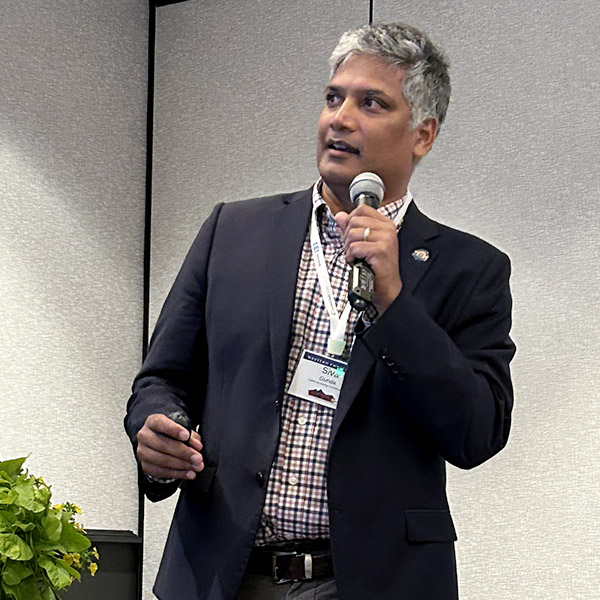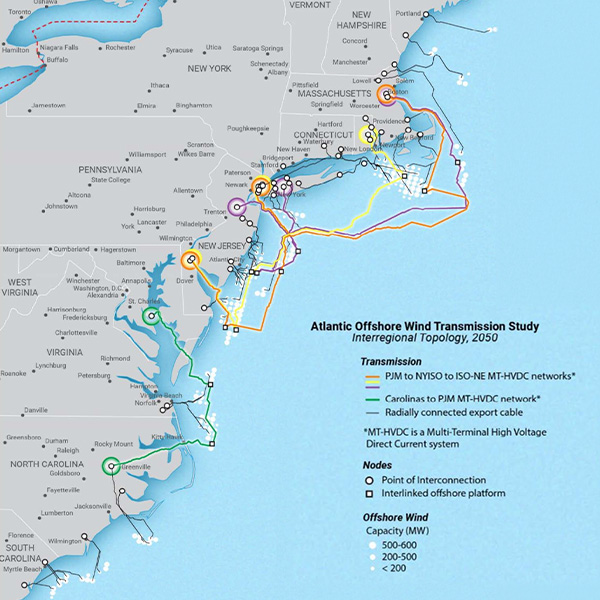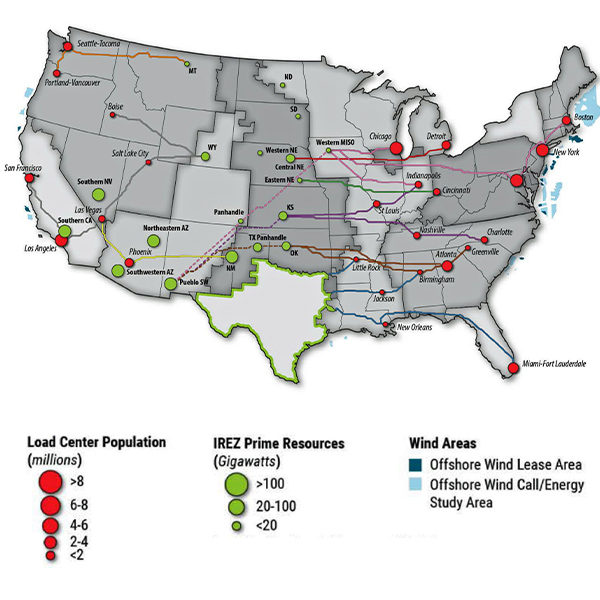Pacific Northwest National Laboratory (PNNL)
The Northwest faces “above normal significant wildland fire potential” in July 2025, and the Bonneville Power Administration is taking steps to enhance mitigation efforts.
A new report by two national laboratories finds that offshore wind could be generating as much as 33 GW of electricity for the western United States by 2050 and looks at how best to bring that power ashore.
The grants represent the second round of funding from the IIJA’s $2.5 billion Charging and Fueling Infrastructure program.
Heat pumps are seen as a core technology for cutting greenhouse gas emissions from the U.S. building stock, where space and water heating and cooling account for 40% of the country’s primary energy use.
CO2 emissions from the Western U.S. power sector could drop by 73% from 2005 levels if 12 transmission projects in the development pipeline are finished by 2030, according to a new PNNL study.
The effort seeks to increase public participation in grid planning and provide technical assistance for planners to help them incorporate energy equity into their processes.
U.S. reliance on lithium-ion batteries has become a political flashpoint due to China’s dominance in the processing of lithium and manufacture of battery cells.
“Uncertainty” was a recurring theme at the annual meeting of the Western Conference of Public Service Commissioners.
Offshore wind is projected to be a key part of East Coast states’ decarbonization and DOE called its two-year study the most thorough analysis to date.
A new analysis concludes that building long-distance high-voltage transmission would save money and speed up decarbonization of the U.S power grid.
Want more? Advanced Search
